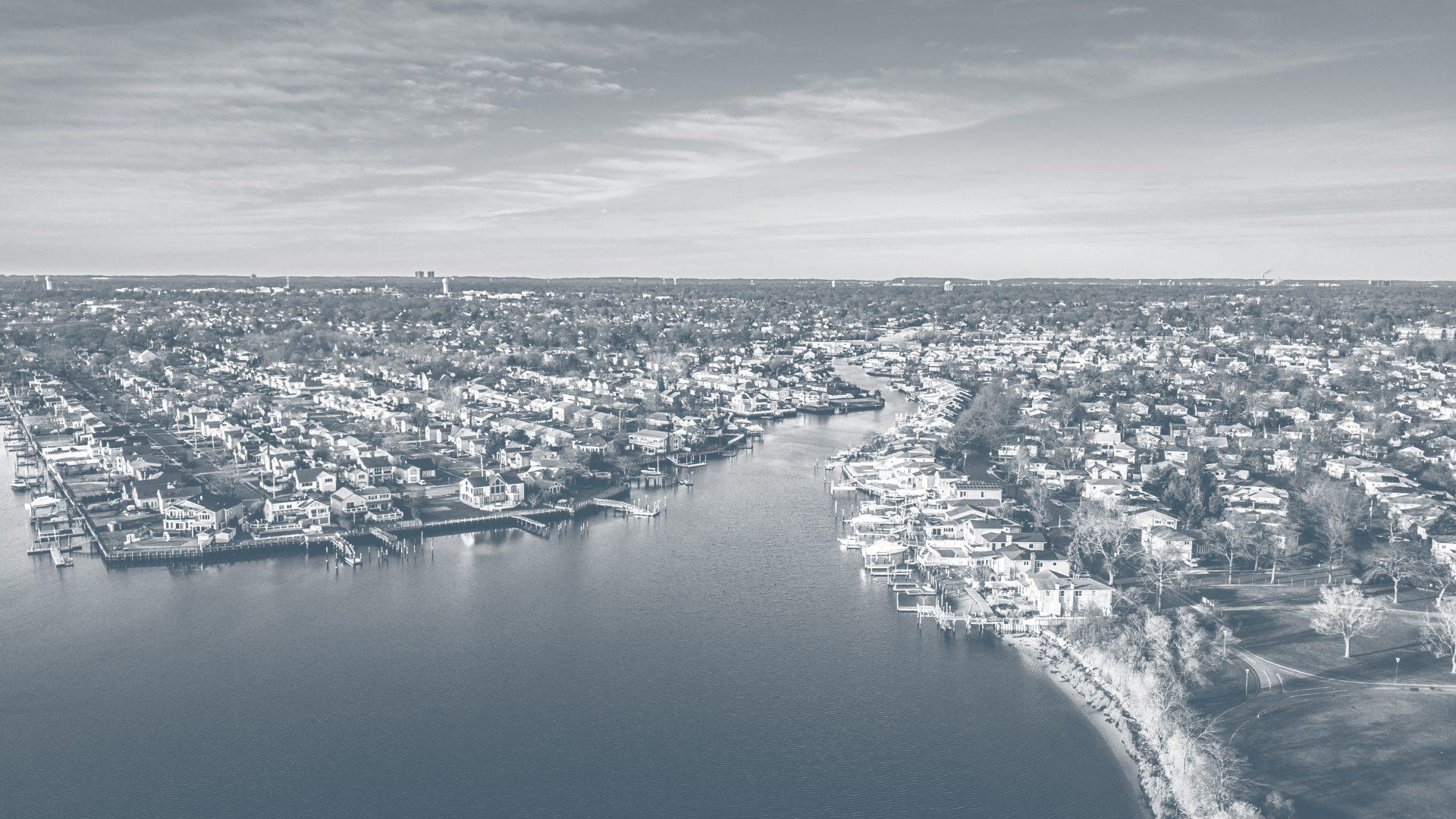

Installing a Non-Slip Floor for Safety and Accessibility
The installation of a non-slip floor is a crucial endeavor that intertwines the aspects of safety, functionality, and aesthetic appeal within a space. Particularly pertinent in areas prone to moisture or spills, such as bathrooms, kitchens, and industrial spaces, non-slip flooring serves as a protective measure to mitigate the risks of slips and falls, thereby safeguarding the well-being of inhabitants and visitors alike. This becomes especially significant considering that, according to the National Floor Safety Institute (NFSI), falls account for over 8 million hospital emergency room visits annually, representing the leading cause of visits (21.3%).
Non-slip flooring comes in various materials and designs, each offering a unique blend of slip-resistant properties and aesthetic appeal. From rubber and vinyl to specially-coated tiles, the options are diverse, catering to different preferences and requirements. For instance, rubber flooring, renowned for its excellent traction and cushioning, is a popular choice in commercial settings like gyms and industrial kitchens. Meanwhile, non-slip coatings can enhance the safety of existing flooring, providing a cost-effective solution without compromising the existing design.
The installation process of non-slip flooring involves meticulous planning and precision, ensuring that the material adheres securely and performs optimally. This begins with a thorough examination and preparation of the existing floor, ensuring it is level, clean, and free from defects that could compromise the installation. Professional installers then lay the non-slip material, whether it be tiles, sheets, or a coating, ensuring it adheres securely and uniformly across the space. Special attention is given to edges and corners, ensuring they are sealed and secure to prevent lifting or tripping hazards.
The installation of non-slip flooring is a prudent investment in safety and functionality, providing a robust defense against slip-and-fall accidents while maintaining aesthetic appeal. Whether it’s safeguarding a home or ensuring compliance and safety in commercial or public spaces, non-slip flooring stands as a testament to a commitment towards creating environments that are safe, accessible, and inclusive for all.
A Guide to Installing a Non-Slip Floor
In the realm of interior design and home safety, non-slip flooring has emerged as a crucial component, particularly in spaces prone to moisture and high foot traffic. Ensuring that flooring is not only aesthetically pleasing but also functionally safe is paramount, especially considering the CDC’s report that falls are the leading cause of injury among older adults. Non-slip flooring installation, therefore, becomes not just a design choice but a commitment to safety and accessibility for all.
The Science Behind Non-Slip Flooring
Non-slip flooring technologies have evolved, incorporating innovative materials and designs to minimize the risk of slips and falls. For instance, companies like Gerflor utilize a dense concentration of anti-slip particles throughout the wear layer of their vinyl flooring, ensuring long-lasting slip resistance. Similarly, products like Floor Grip from SlipDoctors offer a roll-on, self-leveling urethane sealer, providing a clear, anti-slip coating to various flooring types.
Key Considerations for Installation
- Material Selection: Different spaces may require varied non-slip solutions. For instance, rubber and vinyl might be preferred in wet areas like bathrooms, while non-slip coatings might be suitable for existing hardwood floors.
- Compliance with Standards: Ensuring that the flooring adheres to regulatory standards, such as the Americans with Disabilities Act (ADA) and Occupational Safety and Health Administration (OSHA) guidelines, is crucial to avoid legal repercussions and ensure universal accessibility.
- Professional Installation: While some may opt for DIY installations, professional installation ensures that the flooring is laid correctly, maximizes its efficacy, and adheres to warranty requirements.
The Path Forward: Sustainability and Aesthetics
The future of non-slip flooring is not just rooted in safety but also in sustainability and aesthetic versatility. Modern solutions are veering towards eco-friendly materials and manufacturing processes, as well as offering a wide array of designs and textures to complement various interior themes without sacrificing safety.
How Much Does It Cost To Install A Non-Slip Floor?
Installing a non-slip floor involves various factors that can influence the overall cost. Here’s a general breakdown of the potential price ranges:
Basic Non-Slip Flooring Installation
- Cost Range: $3 – $10 per square foot
- Inclusions: Basic non-slip tiles or vinyl, minimal preparation needed, and DIY installation.
- Note: This range is suitable for smaller areas and might involve using stick-on materials or simpler tiles without significant floor preparation.
Mid-Range Non-Slip Flooring Installation
- Cost Range: $10 – $30 per square foot
- Inclusions: Professional installation, moderate floor preparation, and higher-quality non-slip materials.
- Note: This might involve using specialized non-slip materials, such as rubber flooring or higher-grade tiles, and may include some level of customization.
High-End Non-Slip Flooring Installation
- Cost Range: $30 – $60+ per square foot
- Inclusions: Premium non-slip materials, extensive floor preparation, and custom solutions.
- Note: This range is likely to involve high-end materials, such as luxury non-slip tiles, and may also include comprehensive floor leveling, custom cutting, and potentially complex installation processes.
Additional Costs to Consider
- Floor Preparation: $1 – $5 per square foot (may vary based on the condition of the existing floor)
- Labor Costs: $2 – $10 per square foot (depending on the complexity and local labor rates)
- Additional Features: Such as sealers, coatings, or custom edgings, which can add to the cost.
Helpful Articles About Non-Slip Flooring
Slip Resistant Flooring | Non Slip Vinyl Flooring – Gerflor
Description: Gerflor discusses the secret to their non-slip vinyl flooring, which involves a dense concentration of deep inlaid anti-slip particles throughout the wear layer. This ensures that the anti-slip properties are guaranteed for the life of the product.
Polysafe Standard PUR | Slip Resistant Safety Vinyl Flooring – Polyflor
Description: Polyflor provides key features of their heavy-duty safety flooring, which includes classic decoration, availability in 2mm & 2.5mm, and a pendulum test score of 36+ (slider 96). It also boasts sustainable slip resistance and Polysafe PUR for superior cleaning benefits.
Altro Walkway 20 | Slip Resistant Flooring | Altro US | Altro
Description: Altro Walkway™ 20 offers versatile, hard-wearing slip-resistant flooring for general-purpose areas and is easy to install. It shares the same color palette as Altro XpressLay, offering coordination with adhesive-free options for a consistent design. A static dissipative option is also available for manufacturing and tech applications.
Best Non-Slip Flooring Options | Modernize
Description: This resource discusses some top choices for non-slip flooring, especially focusing on non-slip options for living areas and bedrooms, where the majority of time is spent and where safety is paramount.
Floor Grip – Non-Slip for Vinyl & Wood Flooring – SlipDoctors
Description: SlipDoctors offers Floor Grip, an exclusive roll-on anti-slip coating that is a clear, self-leveling 100% waterborne urethane sealer designed to help prevent slip-and-fall accidents when properly applied.

 MANHATTAN
250 Park Avenue
MANHATTAN
250 Park Avenue LONG ISLAND
100 Duffy Ave
LONG ISLAND
100 Duffy Ave WESTCHESTER COUNTY
73 Market Street
WESTCHESTER COUNTY
73 Market Street FAIRFIELD COUNTY
1000 Lafayette Blvd
FAIRFIELD COUNTY
1000 Lafayette Blvd